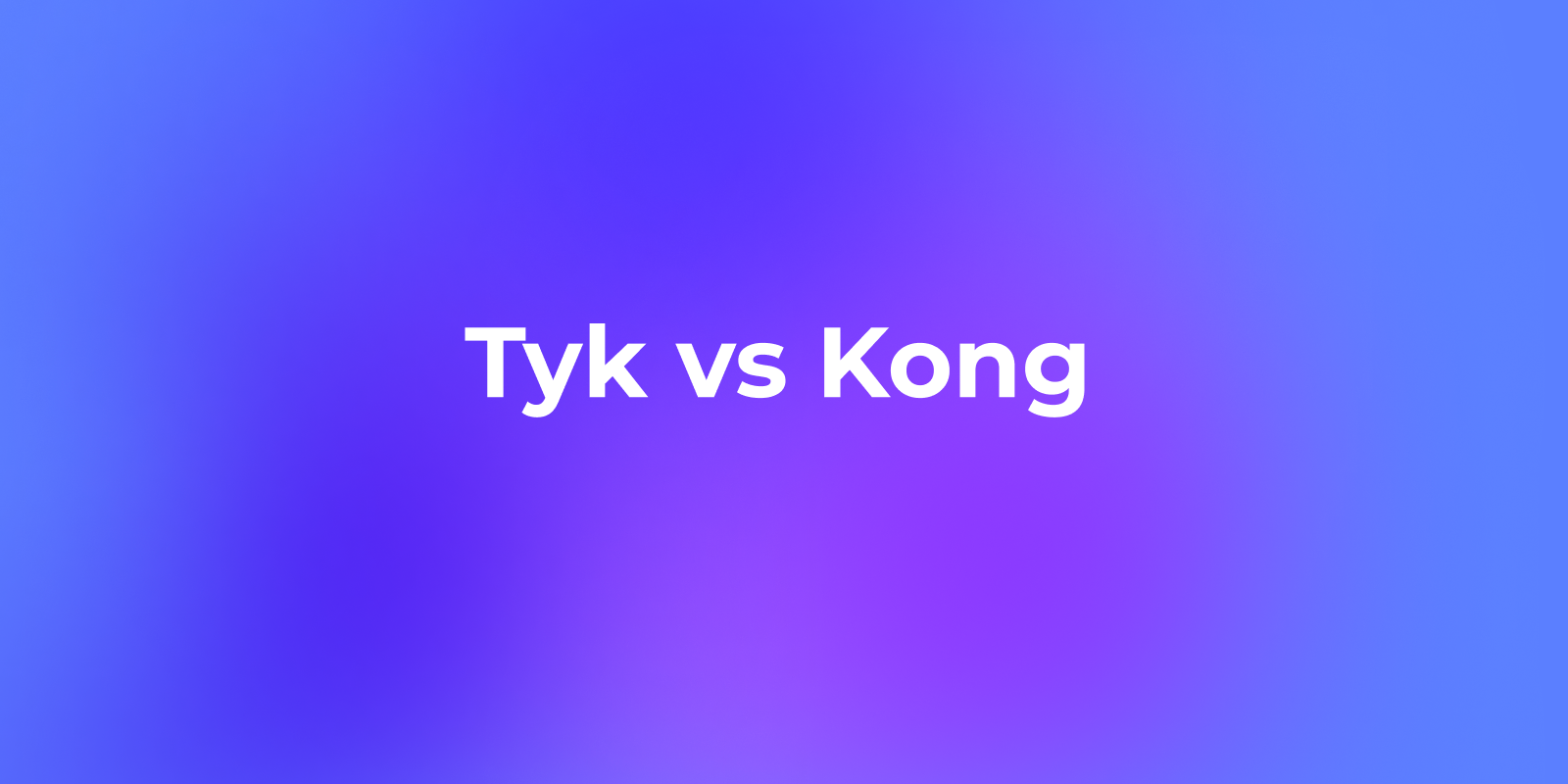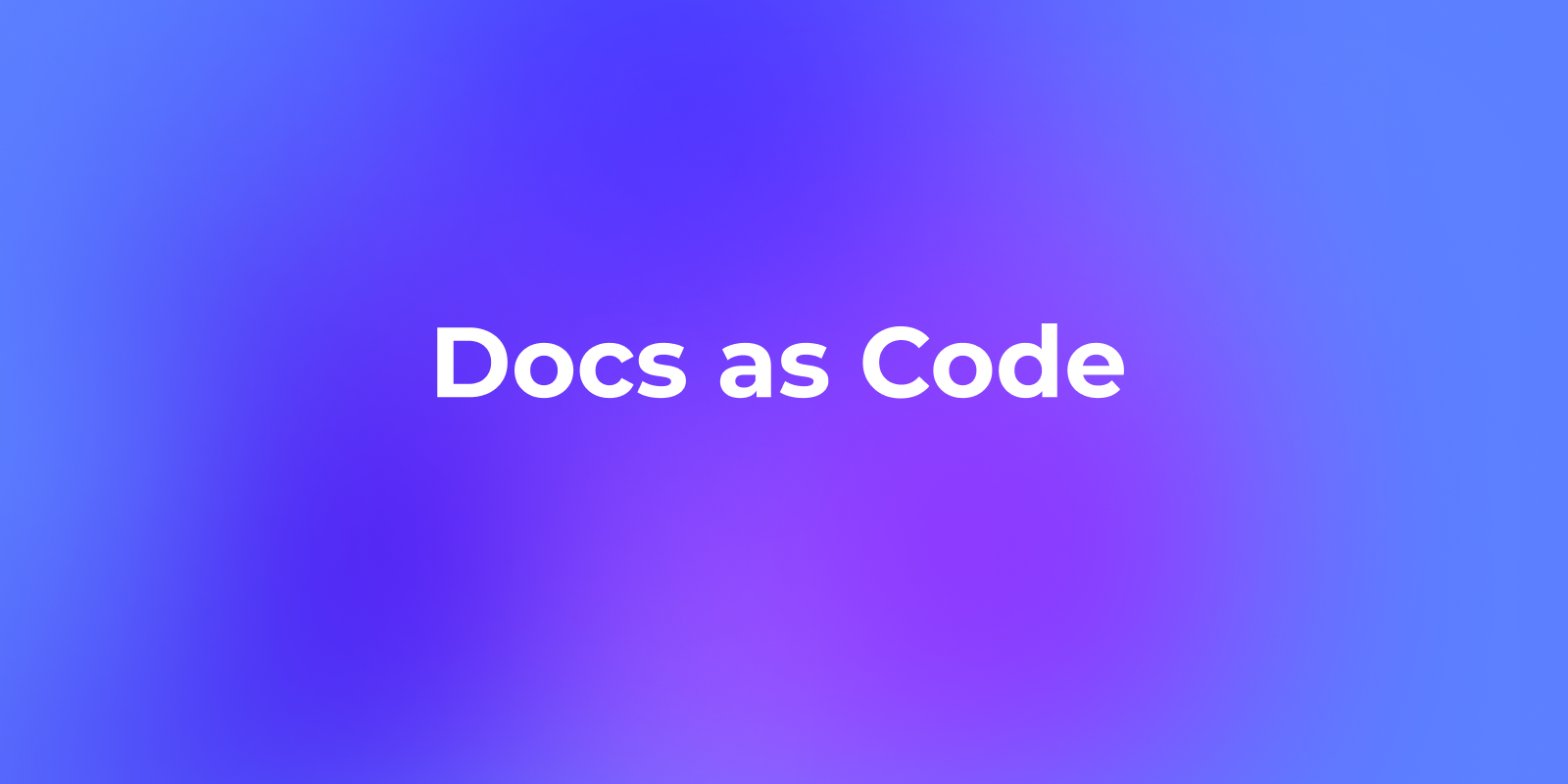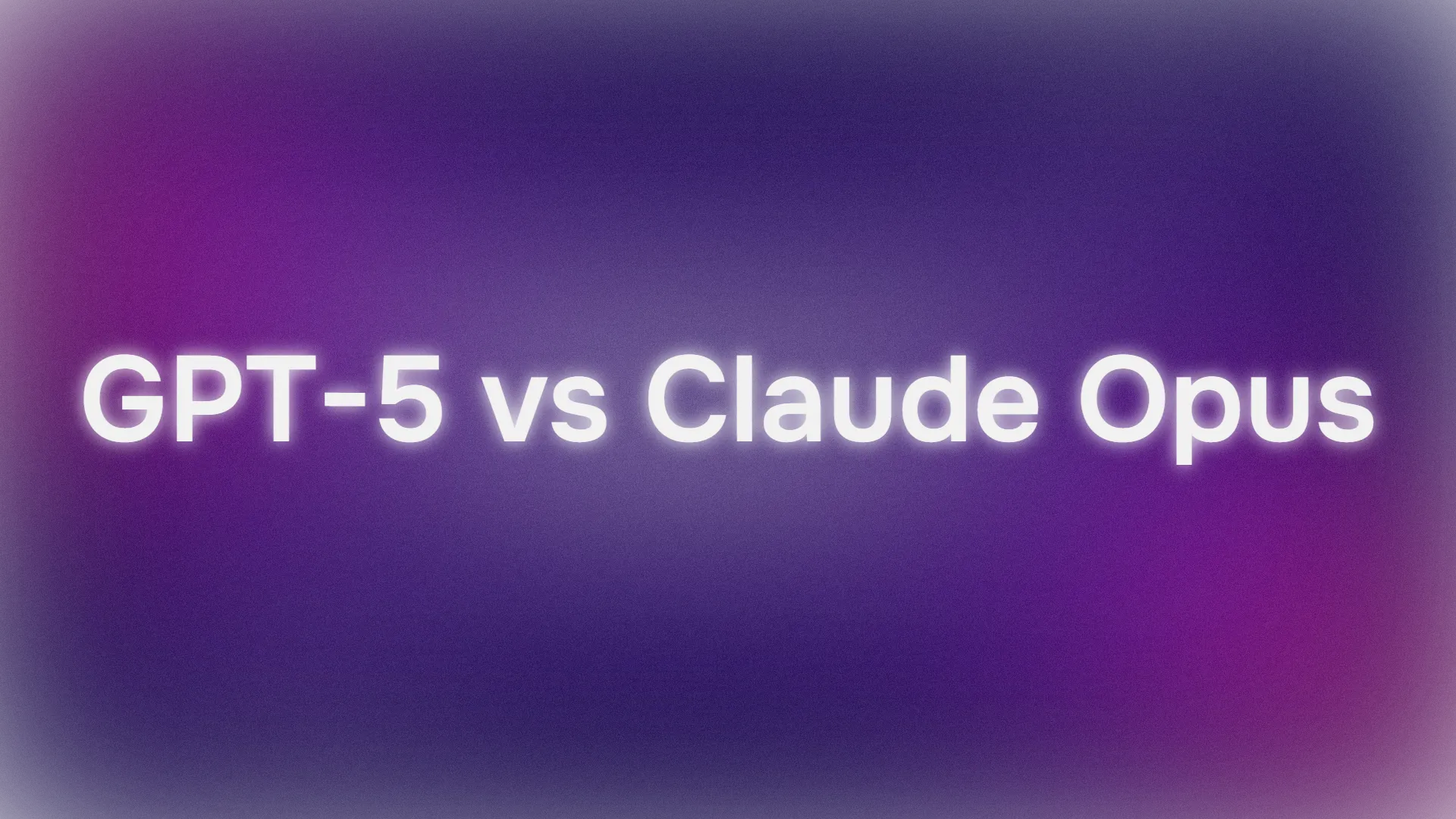Qwen, a leading AI innovator under Alibaba, launched QVQ-Max, a cutting-edge visual reasoning model designed to push the boundaries of multimodal AI. This release marks a significant milestone in AI development, enabling machines to not only "see" images and videos but also reason through visual data with remarkable accuracy. Qwen’s QVQ-Max promises to transform industries by offering solutions for tasks like mathematical reasoning, multi-image recognition, and even video understanding.
What Is QVQ-Max? Understanding Qwen’s Latest Visual Reasoning Model
Qwen has been a pioneer in AI research, consistently releasing models that advance the field of machine learning. With the introduction of QVQ-Max, Qwen takes a bold step forward in visual reasoning. Unlike traditional models that focus solely on text or basic image recognition, QVQ-Max combines visual perception with logical reasoning, enabling it to tackle complex tasks.

For instance, QVQ-Max can analyze multiple images simultaneously, solve mathematical problems presented visually, and even interpret dynamic content in videos. According to Qwen’s announcement on X, the model is still evolving, but its early capabilities are already impressive. The team shared a demo on Qwen Chat, where users can upload images or videos, ask questions, and watch QVQ-Max process the information step-by-step using its "Thinking" feature.
Moreover, QVQ-Max builds on the foundation of its predecessor, QVQ-72B-Preview, which was released in December 2024 as an experimental model. While the preview version had limitations, QVQ-Max addresses many of those issues, offering improved accuracy and broader functionality. This transition from a preview to a more robust model highlights Qwen’s commitment to iterative development and user feedback.
Key Features of QVQ-Max: A Technical Breakdown
Qwen designed QVQ-Max to handle a wide range of visual reasoning tasks. Let’s break down its key features to understand why this model stands out.
1. Multi-Image Recognition for Enhanced Analysis
First, QVQ-Max excels in multi-image recognition. This feature allows the model to process and compare multiple images at once, making it ideal for applications like medical imaging, where doctors need to analyze several scans to diagnose a condition. In a follow-up post on X, Qwen demonstrated this capability by showing how QVQ-Max can identify patterns across different images, providing insights that would be difficult for humans to detect manually.

2. Mathematical Reasoning with Visual Inputs
Next, QVQ-Max shines in mathematical reasoning. The model can interpret equations, graphs, and diagrams presented in images, then solve them step-by-step. This feature is particularly useful for educational platforms, where students can upload math problems and receive detailed solutions. Qwen showcased this ability in a thread on X, highlighting how QVQ-Max processes visual math problems with precision.

3. Video Understanding for Dynamic Content
Additionally, QVQ-Max supports video understanding, a feature that sets it apart from many other models. It can analyze video content, extract key information, and answer questions based on what it "sees." For example, in a demo shared by Qwen, the model interpreted a short video of a cartoon bunny interacting with a fan, demonstrating its ability to understand dynamic scenes. This capability opens doors for applications in video analytics, surveillance, and entertainment.

4. Step-by-Step Thinking Process
Finally, QVQ-Max offers a unique "Thinking" feature that allows users to see how the model arrives at its conclusions. When a user uploads an image or video and asks a question, QVQ-Max breaks down its reasoning process, providing transparency and building trust. This feature is especially valuable for developers who need to debug or fine-tune the model’s performance.

How QVQ-Max Works: The Technology Behind the Model
Now that we’ve explored its features, let’s dive into the technical architecture of QVQ-Max. Qwen has not disclosed the exact details of the model’s structure, but we can infer some aspects based on its performance and the broader context of Qwen’s previous models, such as Qwen2.5-Max.
Qwen2.5-Max, a large-scale Mixture-of-Experts (MoE) model, was pretrained on over 20 trillion tokens and fine-tuned using Supervised Fine-Tuning (SFT) and Reinforcement Learning from Human Feedback (RLHF). QVQ-Max likely follows a similar approach, combining a multimodal architecture with advanced training techniques to handle both visual and textual data.

The model’s ability to process images and videos suggests the use of a vision transformer (ViT) or a similar architecture for visual encoding, paired with a language model for reasoning and text generation. The "Thinking" feature indicates that QVQ-Max may employ a chain-of-thought reasoning mechanism, where it generates intermediate steps before arriving at a final answer.
Furthermore, QVQ-Max’s performance in mathematical reasoning and video understanding points to specialized modules within the model. For example, it might use optical character recognition (OCR) to extract text from images, followed by a symbolic reasoning engine to solve equations. For video understanding, the model likely processes frames sequentially, using temporal attention mechanisms to capture relationships between frames.
Integrating QVQ-Max with APIdog: A Developer’s Guide
For developers, the real value of QVQ-Max lies in its API, which allows seamless integration into applications. However, working with APIs can be challenging without the right tools. This is where APIdog comes in. APIdog is a powerful API testing tool that simplifies the process of integrating and testing Qwen’s QVQ-Max API.
Step 1: Set Up Your Alibaba Cloud Account
To start, you’ll need an Alibaba Cloud account to access the QVQ-Max API. Qwen provides access through Alibaba Cloud’s Model Studio service. Sign up, activate the service, and obtain your API credentials.

Step 2: Use APIdog to Test the API
Next, download and install APIdog. Once installed, create a new project and add the QVQ-Max API endpoint. You can find the endpoint details in Qwen’s official documentation or the Qwen Chat platform.

With APIdog, you can send test requests to the API, upload images or videos, and analyze the responses.

For example, you might send a request with an image of a math problem and verify that QVQ-Max returns the correct solution.

After testing, use APIdog to inspect the API responses. QVQ-Max returns structured JSON data, which includes the model’s reasoning steps and final answer. APIdog’s interface makes it easy to parse this data, ensuring that your application can handle the responses correctly.

By using APIdog, developers can save time and avoid common pitfalls when working with the QVQ-Max API. Its intuitive interface and robust testing features make it an essential tool for any AI project.
Challenges and Future Directions for QVQ-Max
Despite its impressive capabilities, QVQ-Max is still a work in progress. One challenge is the model’s accuracy in niche domains, such as interpreting palm readings, which Qwen demonstrated but labeled as "for reference only." This suggests that the model may struggle with highly specialized tasks that require cultural or contextual knowledge.
Another challenge is scalability. While QVQ-Max performs well in controlled demos, its performance in real-world, high-volume applications remains to be tested. Developers using the API will need to monitor latency and resource usage, especially for video understanding tasks that require significant computational power.
Looking ahead, Qwen plans to continue refining QVQ-Max based on user feedback. The team has already shown a commitment to iterative improvement, as seen in the transition from QVQ-72B-Preview to QVQ-Max. Future updates may include enhanced support for niche tasks, improved scalability, and broader language support.
Conclusion: QVQ-Max Paves the Way for Visual Reasoning in AI
Qwen’s release of QVQ-Max marks a significant advancement in visual reasoning technology. By combining visual perception with logical reasoning, QVQ-Max opens up new possibilities for industries ranging from education to healthcare. Its features, such as multi-image recognition, mathematical reasoning, and video understanding, make it a versatile tool for developers and researchers alike.
For those looking to integrate QVQ-Max into their projects, tools like APIdog can streamline the process, ensuring smooth API testing and implementation. As Qwen continues to refine the model, we can expect even more exciting developments in the field of multimodal AI.



